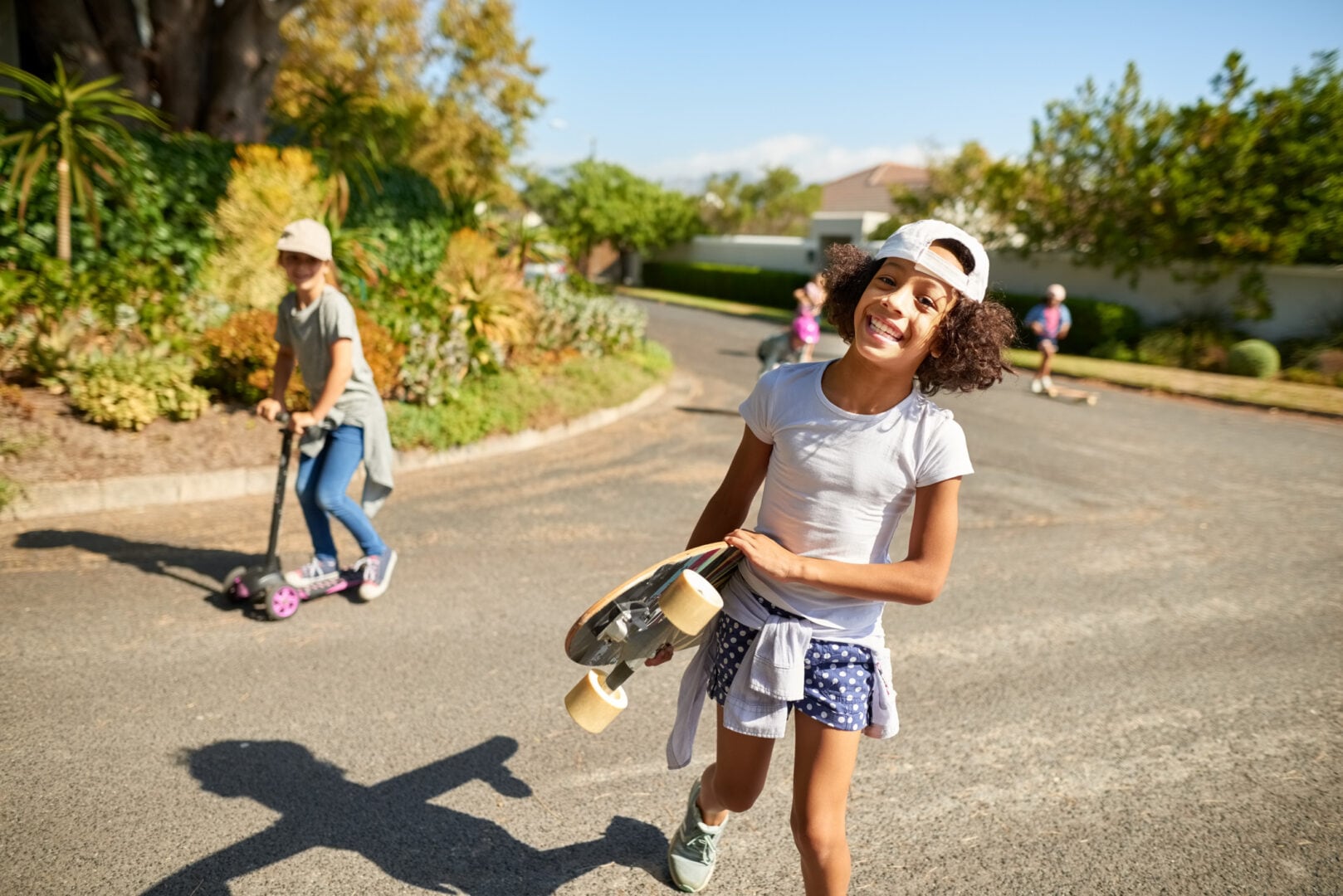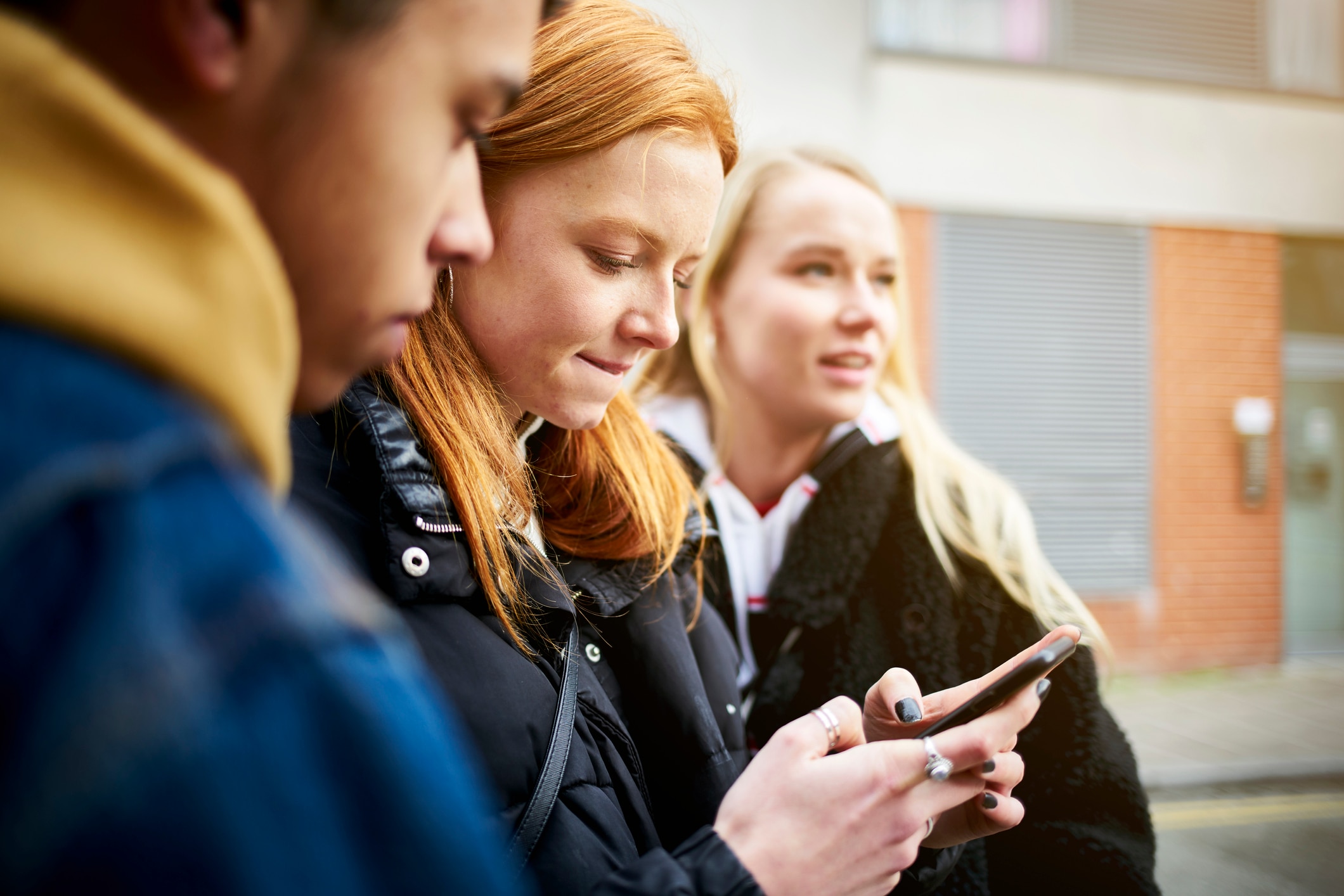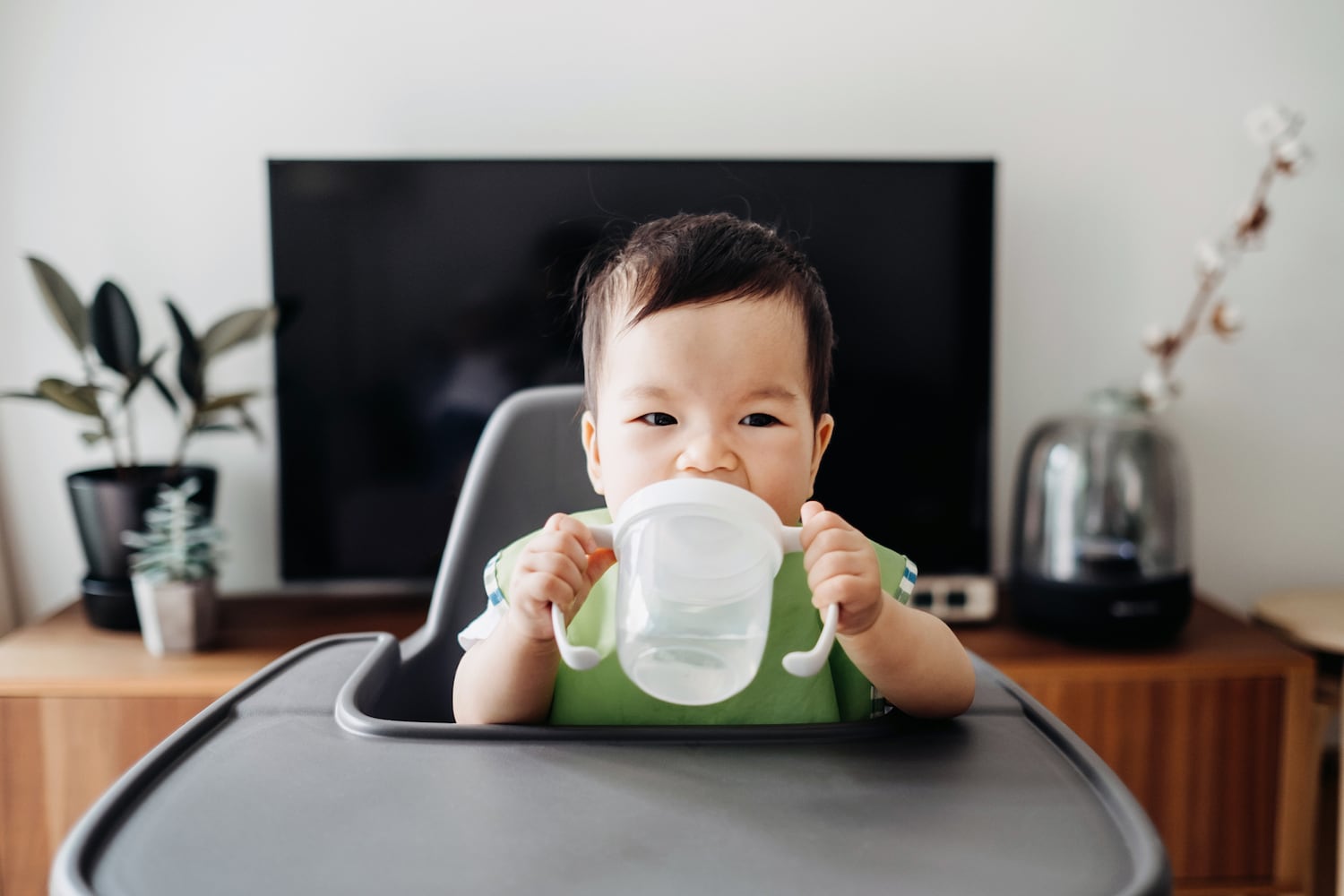At 9 years old, my daughter seems ready to take on the world. Over the past few months, she’s suddenly developed the insatiable desire to walk to the park alone, ride her scooter in the street with friends (no parents allowed) and take the lead on everything from Zooming with friends to browsing YouTube. As a mom who spends far too much time doomscrolling on Twitter, I’m not quite sure I’m on the same page with her newfound desire to be independent and venture farther from the nest.
It’s a parent’s job to help kids gain independence and develop a sense of self, but sometimes their desire for freedom can feel like it conflicts with the other major part of our jobs: protecting them from harm.
“It’s a delicate balance,” says Dr. Mark Bertin, a developmental behavioral pediatrician and author of “How Kids Thrive” and “Mindfulness and Self-Compassion for Teen ADHD.” “On the one hand, kids rely on us for the routines we create and to keep them safe. But it’s like keeping your hand on the back of their bicycle. We’re only keeping our hand there to help them balance while we look for opportunities to eventually take that hand away.”
“It’s like keeping your hand on the back of their bicycle. We’re only keeping our hand there to help them balance while we look for opportunities to eventually take that hand away.”
— Dr. Mark Bertin, pediatrician
If you feel understandably lost trying to figure out how much independence your elementary and middle schoolers need and you’re not sure how to give them space without having a heart attack, here are some expert tips to help you walk this ultra tricky tightrope.
How much freedom should children have?
Determining what independence looks like for your kids requires assessing their maturity level and unique abilities, says Libby Robbins, a licensed child and family therapist who practices in Fairfax, Virginia.
“It’s seeing and observing how your child is out in the world,” she explains. “Do they make good choices? Are they appropriately cautious? What’s their anxiety level like? Then judge what they sincerely want to do and what they’re ready to do.”
“It’s seeing and observing how your child is out in the world. Do they make good choices? Are they appropriately cautious? What’s their anxiety level like? Then judge what they sincerely want to do and what they’re ready to do.”
— Libby Robbins, licensed child and family therapist
For Kira Fernandes, a mom of two from Providence, Rhode Island, having an independent 9-year-old means her daughter handles waking herself up for school, preparing meals and playing outside alone. “She has a simple smart watch for kids, sets an alarm for herself to get up, makes breakfast and gets ready for the bus 100% on her own,” the mom says. “She’s allowed to go around our neighborhood on her bike or scooter by herself. She’s very smart, and we talk frequently about safety rules.”
Other parents, however, are more hesitant about handing over the reins. “My husband says our 12-year-old can ride her bike around the block alone, but I’m that mom who watches way too much Dateline and doesn’t feel comfortable with it,” says Amy VanNote, a mom of two from Buffalo, New York.
How to practice giving kids more independence
Giving kids independence means creating safe opportunities for them to self-manage, learn and make mistakes. “Show kids how to do something, and then see how they handle it,” Robbins says. “If kids are willing to take the responsibility to learn how to do something well, it not only gives them a sense of accomplishment and competence, but it also gives you a yardstick to judge whether they’re ready for more.”
“If kids are willing to take the responsibility to learn how to do something well, it not only gives them a sense of accomplishment and competence, but it also gives you a yardstick to judge whether they’re ready for more.”
— Dr. Libby Robbins, licensed child and family therapist
According to our experts, some easy ways to help kids flex those independence muscles include:
1. Self-care.
Let kids manage basic tasks like brushing teeth, washing hands, getting dressed and eventually using the restroom and bathing.
2. Housework.
Assign age-appropriate chores, like picking up toys, folding laundry or unloading the dishwasher.
3. Free play.
Allow kids to have unstructured, voluntary playtime that they initiate. Typically, electronics are not a part of this.
4. Screen limits.
Talk with kids to decide on reasonable limits for screen time, and use timers or parental controls to help them manage their own limits.
5. Extracurricular activities.
Let kids play an instrument, join a team or pursue a hobby to build confidence, structure and routine.
6. Solo time.
Let kids play unsupervised in designated areas, such as in the yard or in a safe area near your home. Eventually, you might expand that area or start letting them walk short distances alone.
How being overprotective can stunt kids’ independence
Often, fear is the main thing stopping parents from giving kids independence. “Every parent’s worst nightmare is that something terrible would happen to their child,” Robbins says. “But the flip side of that is it’s very easy these days to raise a child who is fearful and who doesn’t feel comfortable or capable in the world.”
Parents spend a lot of time weighing the risks of giving kids more freedom, but it’s easy to forget that overprotection can have negative consequences, too. According to Robbins, some possible consequences of overprotection include:
- Reluctance to try new things.
- Difficulty trusting new people.
- Avoidance of unfamiliar situations.
- Inability to solve problems on their own.
Tips for letting go (slowly) so kids can grow
For most parents, feeling a sense of safety about giving kids reasonable freedoms will require sorting through fact and fiction, using our best judgment and learning how to trust our instincts. To do that:
1. Get real about the risks.
“We get so much media saturation about what a terrible place the world is,” Robbins says. “I think it’s good for parents to educate themselves. What are the actual chances that your children, in your neighborhood, are in danger?”
Despite what we see and hear, non-family abductions are rare, according to the Child Crime Prevention and Safety Center; most abductions are from family members. Yes, the world can be dangerous for kids, but assessing the true risks related to the activities your child is asking to do may help you feel more capable of making a safe choice.
2. Prepare kids for difficult situations.
Whether you’re teaching your child how to cook something new or allowing them to walk alone to the park for the first time, they need to know potential problems that may arise so they can be prepared to handle them.
One way to get them ready is to simply explain the problem and how to solve it: “The inside of the oven is hot, so we wear this oven mitt to protect our hand.”
For more complex situations, such as what to do if they’re approached by someone they don’t know, Robbins recommends role-play. “You take the part of whoever might be potentially posing a threat, and see how they respond,” she says. “Sometimes even reversing the roles is good so you can model the appropriate response for them.”
3. Set rules and boundaries.
“Whether kids want more independence or not, safety is a firm bottom line in any situation,” Bertin says.
That is to say, rules and boundaries help kids know where the lines are so they can explore, make mistakes and learn safely within them. Even when you give kids more freedom, they still need guidelines, such as how far they’re allowed to go by themselves, how long they’re allowed to be out or what to do if they need help.
“There’s always room for things like allowing them to take the first crack at things, solve problems, have choices and even make mistakes, but it needs to be with a sense of knowing where the line is,” Bertin says.
4. Check in with yourself.
“I think one of the downsides of the Internet world is that there’s too much information out there,” Bertin says. “We over-read and we over-educate ourselves, and it creates a lot of anxiety.”
His coping strategy? Mindfulness.
Mindfulness means checking in with yourself about how you’re feeling and separating your emotions from reality. “It’s a practice of navigating our inner world differently so we can say, ‘Oh, that’s just my habit of fearful thinking. The thoughts aren’t going to go away, but I can recognize that I’m feeling afraid,’” Bertin explains. “One way to do this is to just ask yourself: Is this true? Decide if what you’re focused on is a fact, a thought, a belief or an assumption.”
There is no “perfect” strategy when it comes to navigating the complex issue of kids and independence, but learning to cope with anxiety and giving ourselves and our children safe opportunities to test the limits can help everyone feel happier, calmer and more self-assured.





